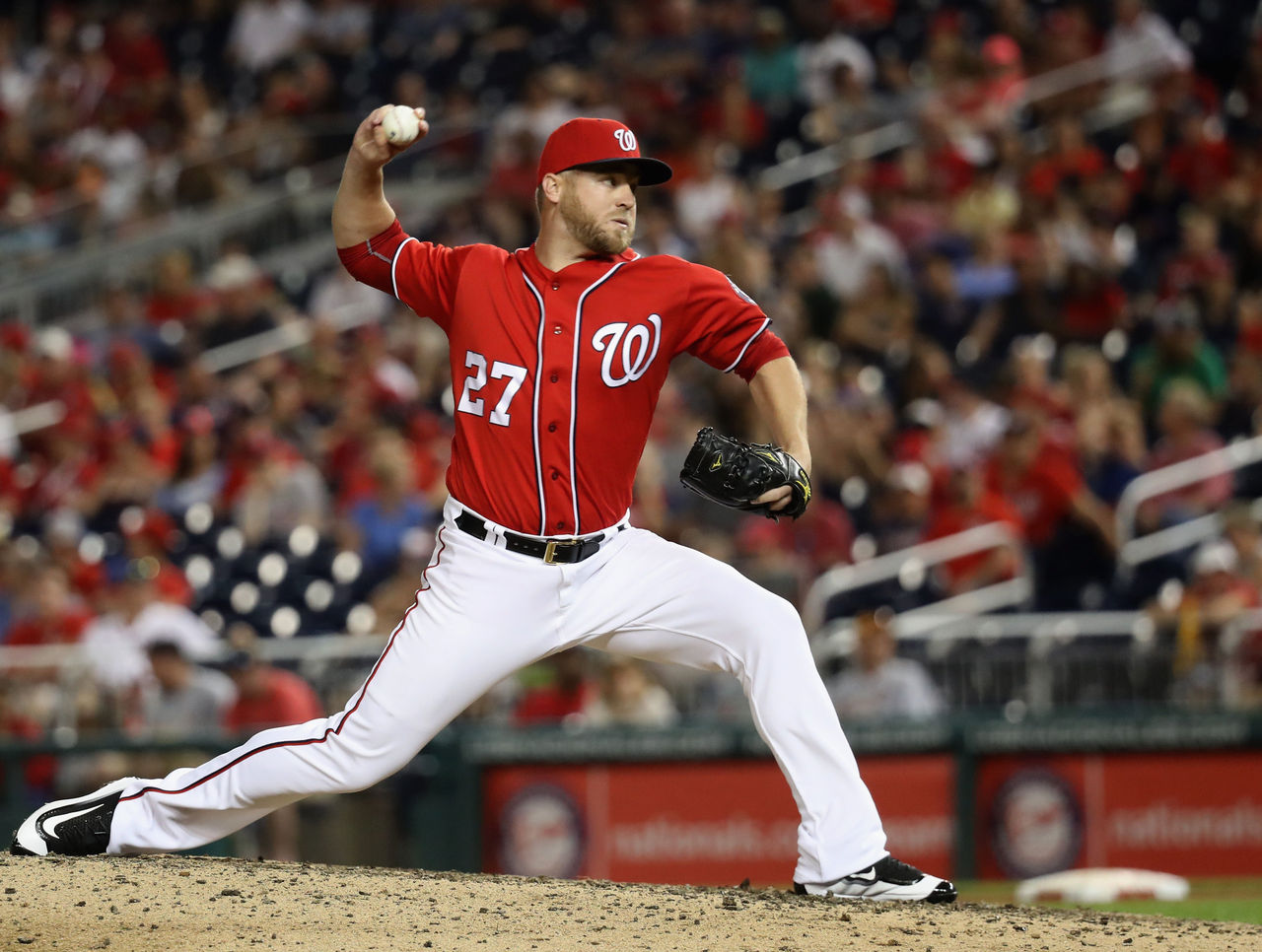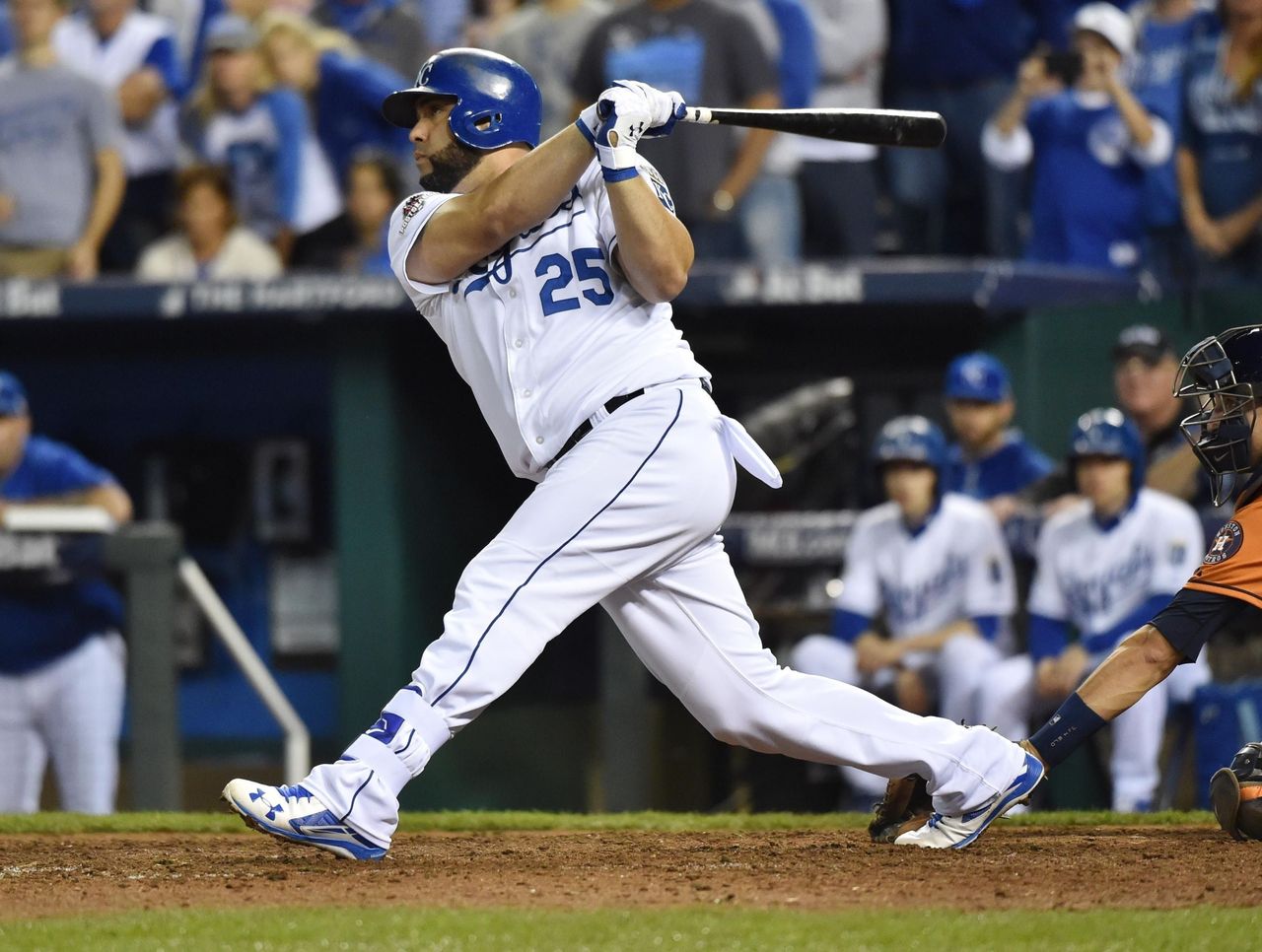How to succeed in AL- or NL-Only leagues
Follow theScore's fantasy feed on Twitter (@theScoreFantasy) for the latest news, features and more.
AL- and NL-Only leagues have been growing in popularity over the past several seasons. The restricted player pools can be much more competitive while allowing owners to focus only on the league with which they are most familiar; or allows them to focus on the league which they generally wouldn't be watching as often.
These leagues vary considerably from standard, mixed leagues. The size of the player pools and thus the expectations for overall fantasy team production shrink considerably. AL- and NL-Only leagues operate under the same guidelines but there are still key differences between the two. Here's what owners need to know for their first dive into league-specific fantasy baseball:

Adjusting to a smaller player pool
The biggest, and most obvious, difference in switching from a mixed league to an AL- or NL-Only league is the condensed player pool. Roster sizes remain the same with the same positional requirements. You're altering the types of players viewed as fantasy assets. Statistical output deemed 'not good enough' in a mixed league will now be perfectly adequate.
There are half as many starting first basemen available, half as many No. 1 and No. 2 starters and half as many closers. This makes every starting first baseman in the league valuable, it makes No. 3 and No. 4 starters much more valuable, and it makes middle relievers gain relevance. The most important thing in AL- or NL-Only leagues is consistent player usage. Anyone who has it is an asset.
Hitters who play against only left- or right-handed starting pitchers also become viable options. In the case of extreme platoon splits, it could be worthwhile to keep a player as a bench option in order to start him for his 3-4 games per week.
Multi-position eligibility is also much more valuable in league-specific formats. St. Louis Cardinals utility man Jedd Gyorko played just 128 games in 2016, racking up 438 plate appearances, but in some fantasy formats he was eligible at 1B, 2B, 3B, and SS. He slashed .243/.306/.495 with 30 home runs.
It was trivial fantasy production outside of the homers, but he provided owners the luxury of a viable fantasy option at four different positions, including both thin middle infield spots. The ability to slot a player like this into one of multiple positions is of much greater value in NL-Only leagues, where there are half as many elite performers at each spot.

Properly valuing stats
Expectations need to be adjusted when moving into a league-specific format. The No. 12 first baseman last season by Fangraph's WAR hit for a .286 average with 30 home runs, 81 runs, 111 RBIs and nine stolen bases. The 1B12 in the NL hit .268 with eight home runs, 45 runs, 42 RBIs and no stolen bases.
The player in question -- Pittsburgh Pirates 1B John Jaso -- did rack up 432 plate appearances, making him a viable commodity. Only 14 first basemen from the National League reached 400 plate appearances last season.
The correlation between statistical production and positional eligibility is also enhanced in league-specific formats. The elite performers at the typical power positions of 1B, 3B and OF come with a higher premium, while owners should be more willing to wait at 2B, SS and C, as the variations between a top performer and a replacement level player are much smaller.

Know the backup's backup
With fewer starters available for regular usage, bench players and prospects see their values soar. Platoon players who only start against lefties (or righties) can be kept on the bench and plugged in for their occasional spot starts. Top prospects can be stashed while they start the year in the minors, as they'll immediately rise toward the top of their positional rank once promoted.
Middle relievers who regularly go multiple innings are also valuable RPs once the known closers have been drafted. They'll be credited with the occasional win and will add a few strikeouts to weekly totals while helping out in ERA and WHIP. Should the late-inning relievers fail, they could eventually be moved into the closer role.

Keys to AL-Only
The inclusion of the designated hitter provides an extra 30 viable fantasy options, with most DHs having either first base or outfield eligibility. There's much more offense to be spread around in an AL-Only league, which can put more of a premium on the top-tier pitchers. With more high-quality hitters to be had deeper in drafts, owners can opt for the elite pitching talent early on.
Keys to NL-Only
On the flip side, adequate pitching production is much more plentiful in the National League, largely due to the lack of designated hitters. Fantasy numbers from No. 3, 4 and 5 real-life starters are more appealing than from the same tier of pitching in the AL. This reverses the draft orders to a degree, where the marquee hitters are far more valuable.